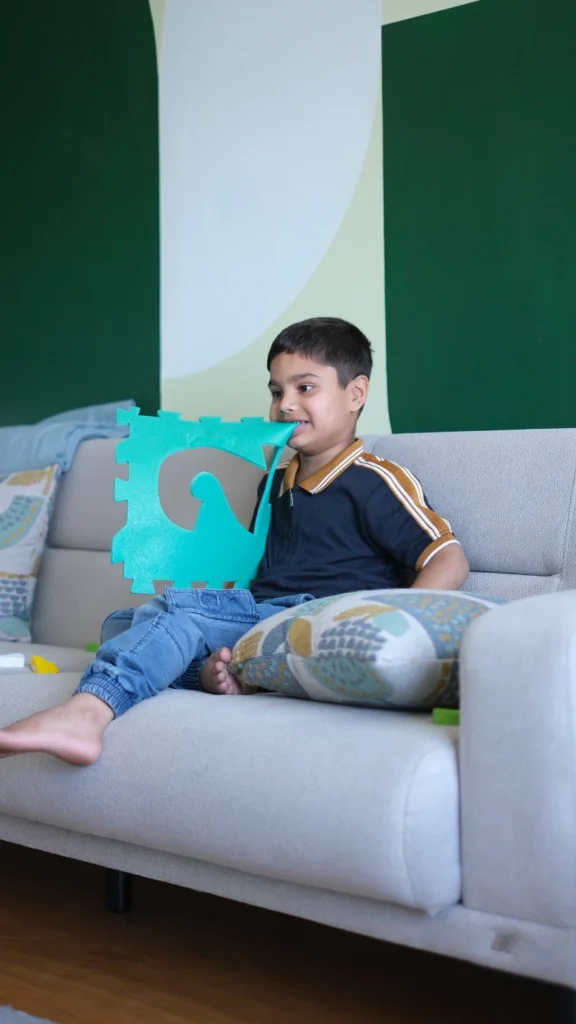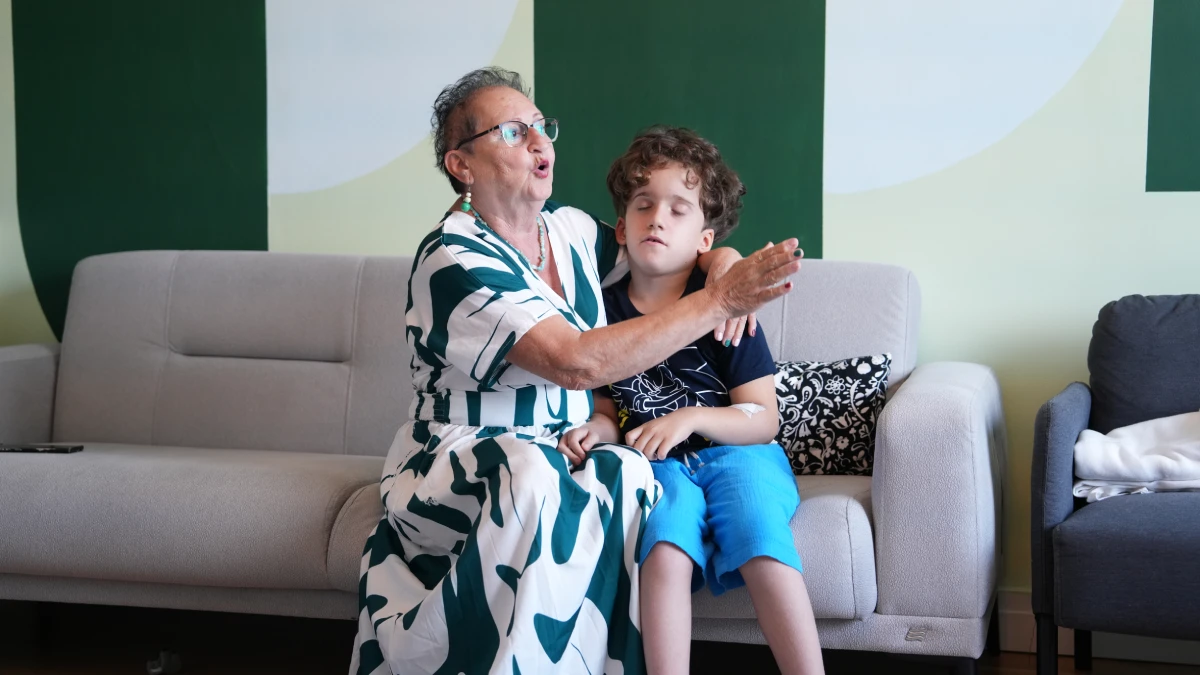Hearing the words “Your child has autism” can bring a whirlwind of emotions—fear, confusion, guilt, even relief at having answers. But once the dust settles, the real question arises:
“What should I do now?”
The first six months after diagnosis are critical. They lay the foundation for intervention, family adaptation, and long-term progress. In this guide, we’ll walk you through each essential step—with a special focus on new and evolving treatments like stem cell therapy for autism, early behavioral strategies, and building a strong support network.
Table of Contents
1. Start With Acceptance—And Build a Support System
- Accept that autism is not a disease to “cure” but a different way of perceiving and interacting with the world.
- Join support groups with other parents who’ve been through it. Shared experience brings clarity and emotional strength.
- Talk to a developmental pediatrician or a child psychiatrist to discuss your child’s unique needs.
Expert Tip: “A child’s brain is most adaptable in early years. Don’t delay your next step,” says Dr. Jacob Reyes, developmental neurobiologist at the University of California.
2. Explore Early Intervention—Every Week Counts
Early intervention has been proven to significantly improve language, behavior, and cognitive development. These include:
- ABA (Applied Behavior Analysis): One of the most evidence-based therapies.
- Speech and Language Therapy
- Occupational Therapy (OT)
- Play-based interventions like DIR/Floortime
If you’re researching alternative or complementary options, you’ve likely come across Stem Cell Therapy for Autism. Let’s break it down.
3. Understanding Stem Cell Therapy for Autism: What Does the Research Say?
Stem cell therapy is gaining attention as a potential adjunctive treatment for ASD. It aims to reduce neuroinflammation and improve brain connectivity. However, clinical evidence is still developing.
✅ Current Research & Clinical Trials
- Several clinical trials (e.g., in Duke University and India) show promise in areas like social behavior and communication.
- Autologous stem cells (derived from the child’s own cord blood) have shown mild to moderate improvements in pilot studies.
📈 Stem Cell Therapy Autism Success Rate
- Success rates vary significantly. Some studies report improvements in 30–60% of cases, especially in non-verbal children.
❗ Stem Cell Therapy Autism Side Effects
- Generally safe under clinical settings, but potential risks include infection, immune reactions, and unregulated clinics providing false promises.
💬 Stem Cell Therapy for Autism Reviews
“After 4 months, we noticed increased eye contact and reduced meltdowns,” says one parent from a review shared by Best Stem Cell Clinics for Autism.
Caution: Always choose clinics backed by peer-reviewed trials. Look for accreditations and regulatory approvals.

4. Create a Home Routine That Supports Progress
Children with autism thrive in structure.
- Keep a predictable schedule (wake-up, meals, play, therapy, bedtime).
- Use visual schedules and first-then boards to reduce anxiety.
- Introduce sensory play activities like water beads, kinetic sand, or fidget toys.
5. Educate Yourself—But Choose Wisely
The internet is full of conflicting advice. Stick to:
- CDC Autism Resources
- Autism Speaks Toolkits
- Autism Research Institute (ARI)
- Clinical research from PubMed or NIH
Look for real data on:
- Cost of Stem Cell Therapy for Autism
- Stem Cell Therapy Autism Near Me (reputable centers only)
- Long-term data on effectiveness
6. Prioritize Family Well-Being
- Siblings may feel confused or neglected. Offer reassurance and involve them in simple activities.
- Take time for self-care—your emotional stability is essential for your child’s progress.
- Don’t hesitate to seek family therapy or parenting coaching.
7. Document, Track, and Celebrate Small Wins
- Keep a daily progress journal (sleep patterns, new words, behaviors).
- Use apps like Autism Tracker Pro to monitor changes.
- Celebrate even the smallest milestones—clapping, pointing, trying a new food—each is a step forward.
Final Thoughts
The first six months will be overwhelming—but they can also be empowering. With the right support, evidence-based therapies, and informed curiosity about cutting-edge options like stem cell therapy, you can build a strong foundation for your child’s future.
Remember: You don’t have to do everything at once—just take the next best step.
FAQ: Stem Cell Therapy & Autism – What Parents Ask Most
How effective is stem cell therapy for autism?
Effectiveness varies. While some children show cognitive and behavioral improvements, results are not guaranteed and depend on multiple factors including the source of stem cells and severity of autism.
What is the cost of stem cell therapy for autism?
The cost ranges from $5,000 to $25,000, depending on the country and clinic. Insurance usually does not cover it.
Is stem cell therapy safe for autistic children?
In regulated clinical trials, side effects are rare but possible. Avoid unlicensed clinics.
Where can I find legitimate clinics?
Start with research institutions like Duke University or consult databases of FDA-authorized trials.
Can stem cell therapy be used with ABA or other treatments?
Yes, it is generally used as a complementary approach, not a replacement for behavioral therapies.

